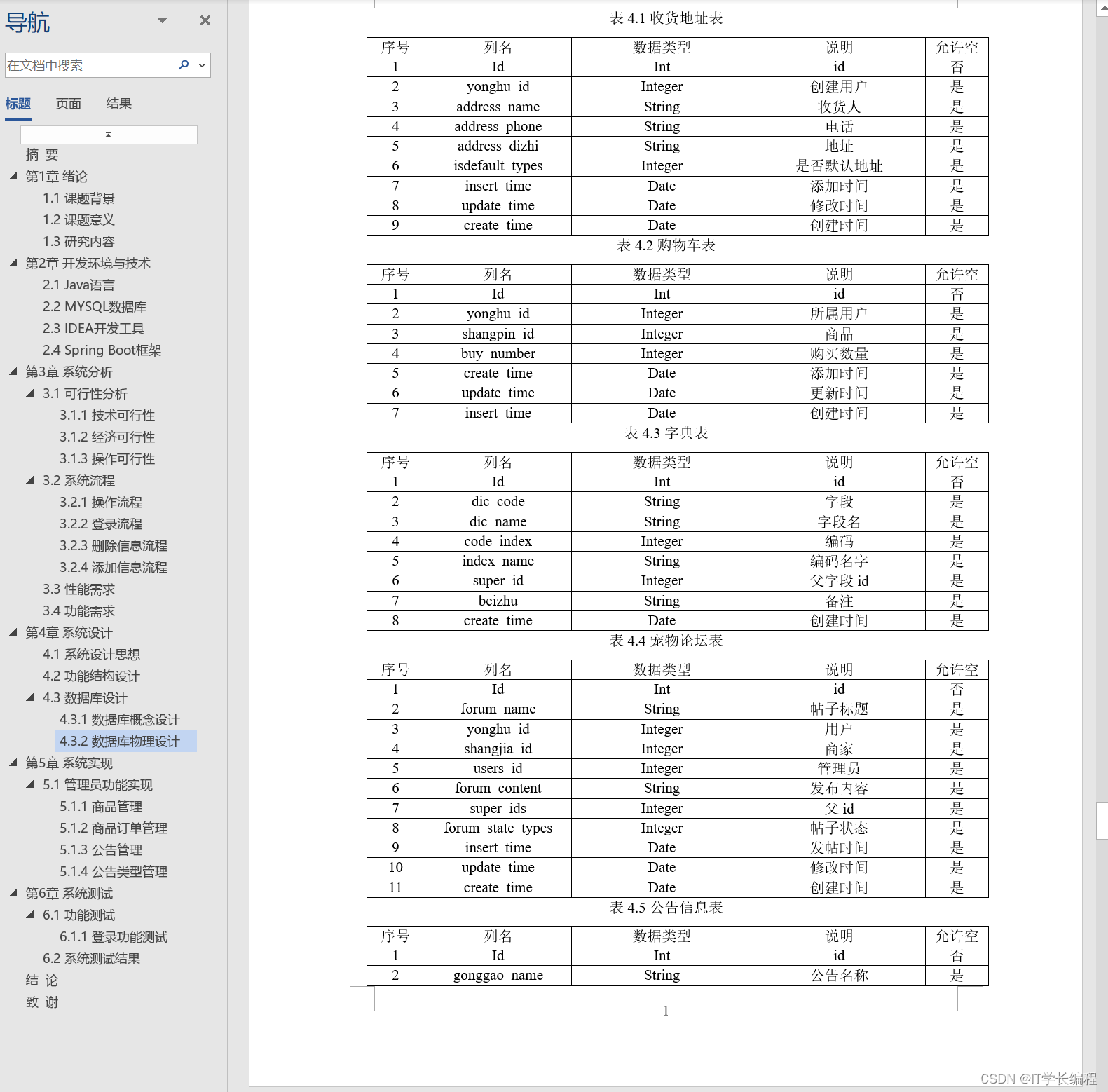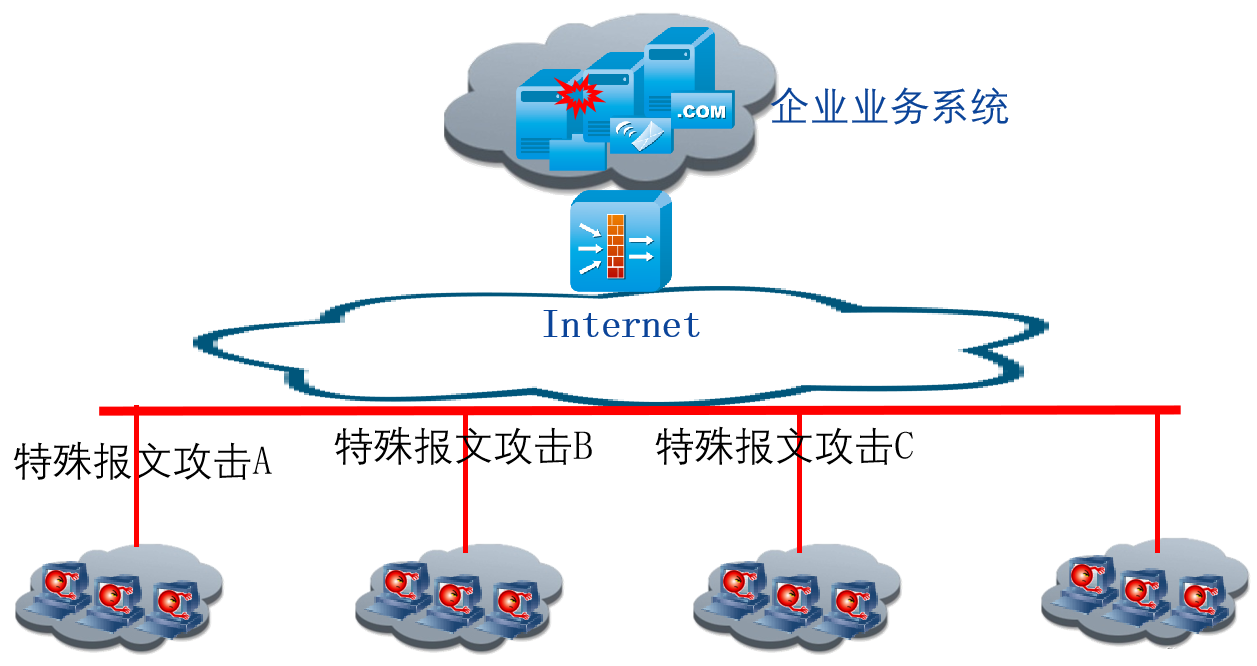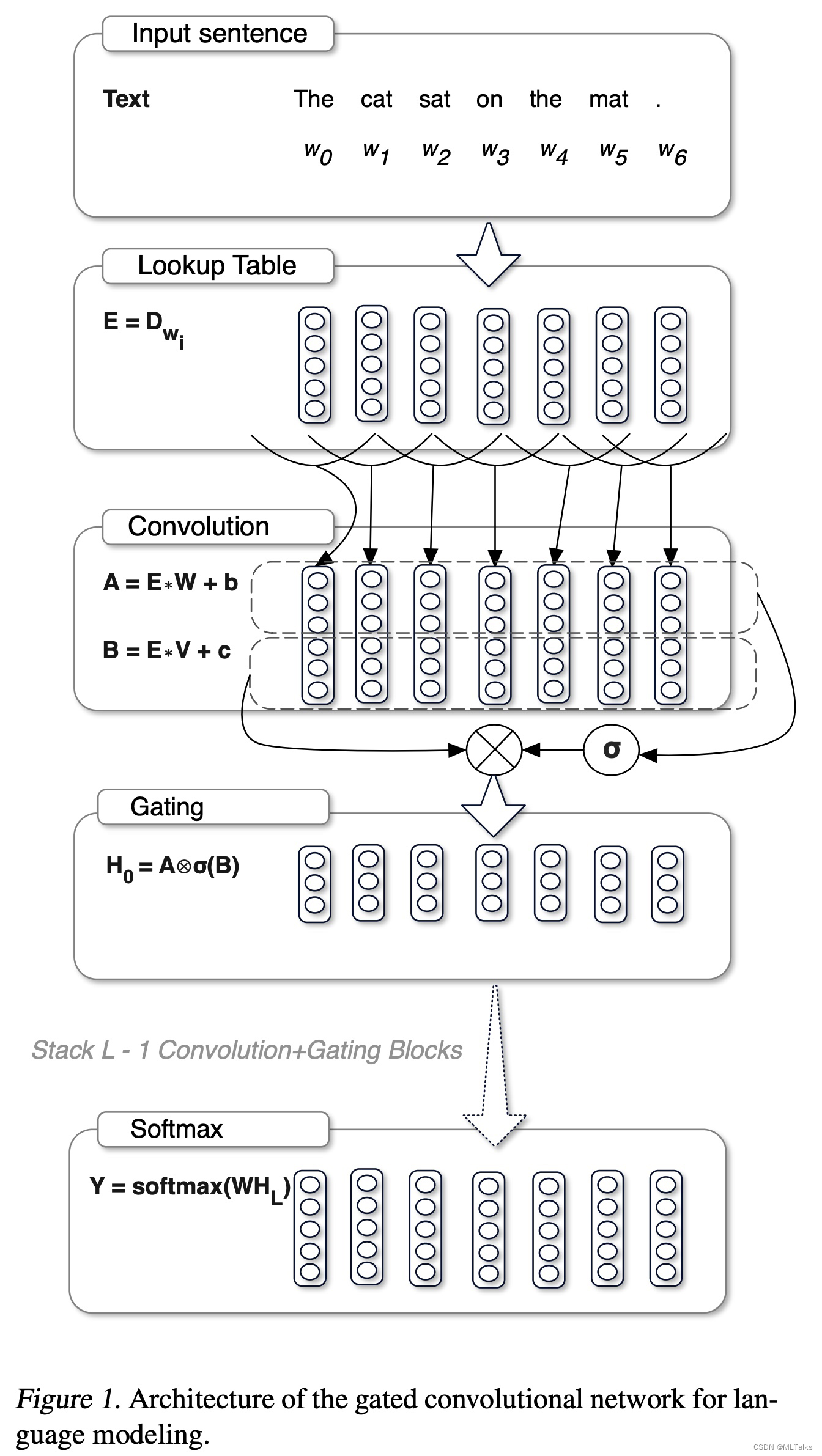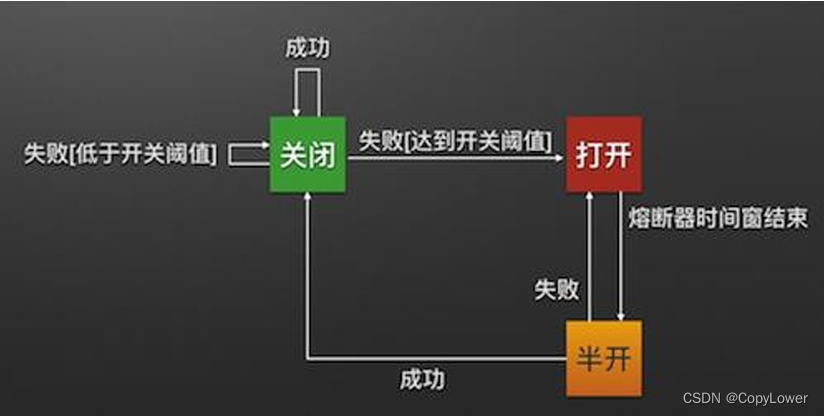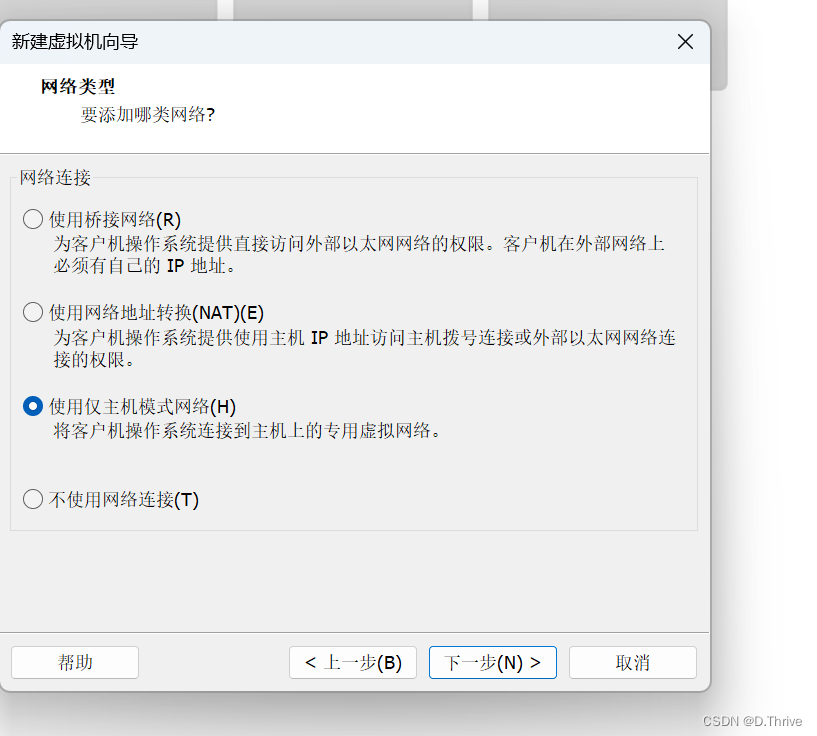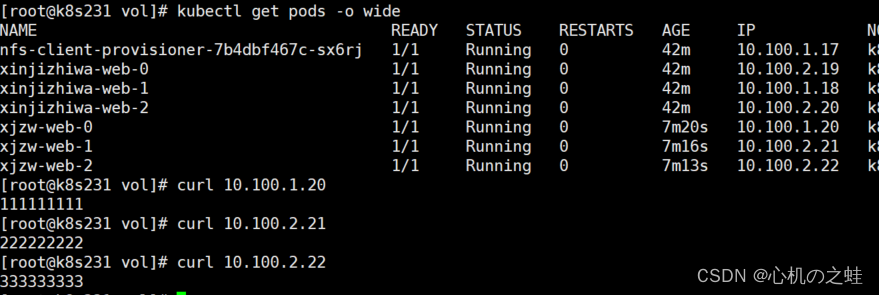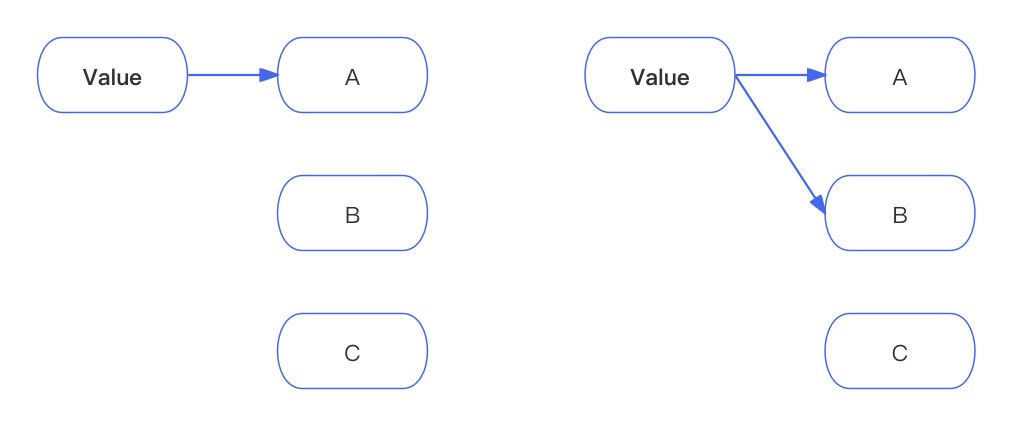一,kobject_init_and_add
1,kobject_init_and_add实现
/**
* kobject_init_and_add() - Initialize a kobject structure and add it to
* the kobject hierarchy.
* @kobj: pointer to the kobject to initialize
* @ktype: pointer to the ktype for this kobject.
* @parent: pointer to the parent of this kobject.
* @fmt: the name of the kobject.
*
* This function combines the call to kobject_init() and kobject_add().
*
* If this function returns an error, kobject_put() must be called to
* properly clean up the memory associated with the object. This is the
* same type of error handling after a call to kobject_add() and kobject
* lifetime rules are the same here.
*/
int kobject_init_and_add(struct kobject *kobj, struct kobj_type *ktype,
struct kobject *parent, const char *fmt, ...)
{
va_list args;
int retval;
kobject_init(kobj, ktype);
va_start(args, fmt);
retval = kobject_add_varg(kobj, parent, fmt, args);
va_end(args);
return retval;
}
2,函数调用流程
error = kobject_init_and_add(&priv->kobj, &driver_ktype, NULL, "%s", drv->name);
----kobject_init(kobj, ktype);
--------kobject_init_internal(kobj);
------------kref_init(&kobj->kref);
------------kobj->state_initialized = 1;
----kobject_add_varg(kobj, parent, fmt, args);
--------kobject_set_name_vargs(kobj, fmt, vargs);
--------kobject_add_internal(kobj);
------------parent = kobject_get(kobj->parent);
------------if (kobj->kset)
------------kobj_kset_join(kobj);
----------------list_add_tail(&kobj->entry, &kobj->kset->list);
------------create_dir(kobj);
----------------sysfs_create_dir_ns(kobj, kobject_namespace(kobj));
----------------populate_dir(kobj);
----------------sysfs_create_groups(kobj, ktype->default_groups);二,kobject_create_and_add
1,kobject_create_and_add实现
/**
* kobject_create_and_add() - Create a struct kobject dynamically and
* register it with sysfs.
* @name: the name for the kobject
* @parent: the parent kobject of this kobject, if any.
*
* This function creates a kobject structure dynamically and registers it
* with sysfs. When you are finished with this structure, call
* kobject_put() and the structure will be dynamically freed when
* it is no longer being used.
*
* If the kobject was not able to be created, NULL will be returned.
*/
struct kobject *kobject_create_and_add(const char *name, struct kobject *parent)
{
struct kobject *kobj;
int retval;
kobj = kobject_create();
if (!kobj)
return NULL;
retval = kobject_add(kobj, parent, "%s", name);
if (retval) {
pr_warn("%s: kobject_add error: %d\n", __func__, retval);
kobject_put(kobj);
kobj = NULL;
}
return kobj;
}
EXPORT_SYMBOL_GPL(kobject_create_and_add);2,函数调用流程
fw_ctrl->kobj = kobject_create_and_add("fwupdate", &core_data->pdev->dev.kobj);
----kobj = kobject_create();
--------kobj = kzalloc(sizeof(*kobj), GFP_KERNEL);
--------kobject_init(kobj, &dynamic_kobj_ktype);
----kobject_add(kobj, parent, "%s", name);
--------if (!kobj->state_initialized)
--------kobject_add_varg(kobj, parent, fmt, args);//The main kobject add function3,kobject_add_internal
static int kobject_add_internal(struct kobject *kobj)
{
int error = 0;
struct kobject *parent;
if (!kobj)
return -ENOENT;
//kbj的名字不能为空
if (!kobj->name || !kobj->name[0]) {
WARN(1,
"kobject: (%p): attempted to be registered with empty name!\n",
kobj);
return -EINVAL;
}
//增加kobj->parent的引用计数kref+1
parent = kobject_get(kobj->parent);
//如果kobj属于某个kset但是该kobj的parent为空,将kset->kobj作为作为该kobj的parent
/* join kset if set, use it as parent if we do not already have one */
if (kobj->kset) {
if (!parent)
parent = kobject_get(&kobj->kset->kobj);
/* add the kobject to its kset's list */
kobj_kset_join(kobj);
kobj->parent = parent;
}
//打印kobj的名字和kobj parent的名字
pr_debug("kobject: '%s' (%p): %s: parent: '%s', set: '%s'\n",
kobject_name(kobj), kobj, __func__,
parent ? kobject_name(parent) : "<NULL>",
kobj->kset ? kobject_name(&kobj->kset->kobj) : "<NULL>");
//创建名字为kobject_name(kobj)的目录,使用kobj_type->default_attrs[i]和kobj_type->default_groups在dir中创建文件节点
error = create_dir(kobj);
if (error) {
kobj_kset_leave(kobj);
kobject_put(parent);
kobj->parent = NULL;
/* be noisy on error issues */
if (error == -EEXIST)
pr_err("%s failed for %s with -EEXIST, don't try to register things with the same name in the same directory.\n",
__func__, kobject_name(kobj));
else
pr_err("%s failed for %s (error: %d parent: %s)\n",
__func__, kobject_name(kobj), error,
parent ? kobject_name(parent) : "'none'");
} else
//kobj已经在sysfs中创建了dir和node,设置flag
kobj->state_in_sysfs = 1;
return error;
}/* add the kobject to its kset's list */
static void kobj_kset_join(struct kobject *kobj)
{
if (!kobj->kset)
return;
kset_get(kobj->kset);
spin_lock(&kobj->kset->list_lock);
//所有属于该kset的kobj都会挂在kset->list链表上
list_add_tail(&kobj->entry, &kobj->kset->list);
spin_unlock(&kobj->kset->list_lock);
}4,kobject_create_and_add的一种使用
有一种例外,Kobject不再嵌在其它数据结构中,可以单独使用,这个例外就是:开发者只需要在sysfs中创建一个目录,而不需要其它的kset、ktype的操作。这时可以直接调用kobject_create_and_add接口,分配一个kobject结构并把它添加到kernel中。
例如在sysfs device的目录中创建一个文件夹然后在其中创建文件节点:
static int fw_sysfs_init(struct ts_core *core_data,
struct fw_update_ctrl *fw_ctrl)
{
int ret = 0, i;
fw_ctrl->kobj = kobject_create_and_add("fwupdate",
&core_data->pdev->dev.kobj);
if (!fw_ctrl->kobj) {
ts_err("failed create sub dir for fwupdate");
return -EINVAL;
}
for (i = 0; i < ARRAY_SIZE(fwu_attrs) && !ret; i++)
ret = sysfs_create_file(fw_ctrl->kobj, fwu_attrs[i]);
if (ret) {
ts_err("failed create fwu sysfs files");
while (--i >= 0)
sysfs_remove_file(fw_ctrl->kobj, fwu_attrs[i]);
kobject_put(fw_ctrl->kobj);
return -EINVAL;
}
return ret;
}
三,Kobject引用计数的修改
通过kobject_get和kobject_put可以修改kobject的引用计数,并在计数为0时,调用ktype的release接口,释放占用空间。
1: /* include/linux/kobject.h, line 103 */
2: extern struct kobject *kobject_get(struct kobject *kobj);
3: extern void kobject_put(struct kobject *kobj);kobject_get,调用kref_get,增加引用计数。
kobject_put,以内部接口kobject_release为参数,调用kref_put。kref模块会在引用计数为零时,调用kobject_release。
==========================内部接口======================================
kobject_release,通过kref结构,获取kobject指针,并调用kobject_cleanup接口继续。
kobject_cleanup,负责释放kobject占用的空间,主要执行逻辑如下:
* 检查该kobject是否有ktype,如果没有,打印警告信息
* 如果该kobject向用户空间发送了ADD uevent但没有发送REMOVE uevent,补发REMOVE uevent
* 如果该kobject有在sysfs文件系统注册,调用kobject_del接口,删除它在sysfs中的注册
* 调用该kobject的ktype的release接口,释放内存空间
* 释放该kobject的name所占用的内存空间四,kset_create_and_add
1,kset_create_and_add实现
/**
* kset_create_and_add() - Create a struct kset dynamically and add it to sysfs.
*
* @name: the name for the kset
* @uevent_ops: a struct kset_uevent_ops for the kset
* @parent_kobj: the parent kobject of this kset, if any.
*
* This function creates a kset structure dynamically and registers it
* with sysfs. When you are finished with this structure, call
* kset_unregister() and the structure will be dynamically freed when it
* is no longer being used.
*
* If the kset was not able to be created, NULL will be returned.
*/
struct kset *kset_create_and_add(const char *name,
const struct kset_uevent_ops *uevent_ops,
struct kobject *parent_kobj)
{
struct kset *kset;
int error;
kset = kset_create(name, uevent_ops, parent_kobj);
if (!kset)
return NULL;
error = kset_register(kset);
if (error) {
kfree(kset);
return NULL;
}
return kset;
}
EXPORT_SYMBOL_GPL(kset_create_and_add);2,函数调用流程
bus_kset = kset_create_and_add("bus", &bus_uevent_ops, NULL);
----kset = kset_create(name, uevent_ops, parent_kobj);
--------kset = kzalloc(sizeof(*kset), GFP_KERNEL);
--------retval = kobject_set_name(&kset->kobj, "%s", name);
--------kset->kobj.ktype = &kset_ktype;
----kset_register(kset);
--------kset_init(k);
------------kobject_init_internal(&k->kobj);
----------------kobj->state_initialized = 1;
--------kobject_add_internal(&k->kobj);
--------kobject_uevent(&k->kobj, KOBJ_ADD);
------------kobject_uevent_env(kobj, action, NULL);
----------------if (uevent_ops && uevent_ops->filter)
----------------kobject_uevent_net_broadcast(kobj, env, action_string, devpath);
--------------------uevent_net_broadcast_untagged(env, action_string, devpath);
------------------------skb = alloc_uevent_skb(env, action_string, devpath);
----------------------------skb_put_data(skb, env->buf, env->buflen);
------------------------netlink_broadcast(uevent_sock, skb_get(skb), 0, 1, GFP_KERNEL);
----------------------------netlink_broadcast_filtered(ssk, skb, portid, group, allocation, NULL, NULL);使用示例可以参考下一节的“kset/kobj/ktype使用示例"。
五,总结,Ktype以及整个Kobject机制的理解
Kobject的核心功能是:保持一个引用计数,当该计数减为0时,自动释放(由本文所讲的kobject模块负责) Kobject所占用的meomry空间。这就决定了Kobject必须是动态分配的(只有这样才能动态释放)。
而Kobject大多数的使用场景,是内嵌在大型的数据结构中(如Kset、device_driver等),因此这些大型的数据结构,也必须是动态分配、动态释放的。那么释放的时机是什么呢?是内嵌的Kobject释放时。但是Kobject的释放是由Kobject模块自动完成的(在引用计数为0时),那么怎么一并释放包含自己的大型数据结构呢?
这时Ktype就派上用场了。我们知道,Ktype中的release回调函数负责释放Kobject(甚至是包含Kobject的数据结构)的内存空间,那么Ktype及其内部函数,是由谁实现呢?是由上层数据结构所在的模块!因为只有它,才清楚Kobject嵌在哪个数据结构中,并通过Kobject指针以及自身的数据结构类型,找到需要释放的上层数据结构的指针,然后释放它。
讲到这里,就清晰多了。所以,每一个内嵌Kobject的数据结构,例如kset、device、device_driver等等,都要实现一个Ktype,并定义其中的回调函数。同理,sysfs相关的操作也一样,必须经过ktype的中转,因为sysfs看到的是Kobject,而真正的文件操作的主体,是内嵌Kobject的上层数据结构!
顺便提一下,Kobject是面向对象的思想在Linux kernel中的极致体现,但C语言的优势却不在这里,所以Linux kernel需要用比较巧妙(也很啰嗦)的手段去实现。
1,kset_ktype
//定义
static struct kobj_type kset_ktype = {
.sysfs_ops = &kobj_sysfs_ops,
.release = kset_release,
.get_ownership = kset_get_ownership,
};
static void kset_release(struct kobject *kobj)
{
struct kset *kset = container_of(kobj, struct kset, kobj);
pr_debug("kobject: '%s' (%p): %s\n",
kobject_name(kobj), kobj, __func__);
kfree(kset);
}
//使用
static struct kset *kset_create(const char *name,
const struct kset_uevent_ops *uevent_ops,
struct kobject *parent_kobj)
{
struct kset *kset;
int retval;
kset = kzalloc(sizeof(*kset), GFP_KERNEL);
if (!kset)
return NULL;
retval = kobject_set_name(&kset->kobj, "%s", name);
if (retval) {
kfree(kset);
return NULL;
}
kset->uevent_ops = uevent_ops;
kset->kobj.parent = parent_kobj;
/*
* The kobject of this kset will have a type of kset_ktype and belong to
* no kset itself. That way we can properly free it when it is
* finished being used.
*/
kset->kobj.ktype = &kset_ktype;
kset->kobj.kset = NULL;
return kset;
}2,bus_ktype
//定义
static struct kobj_type bus_ktype = {
.sysfs_ops = &bus_sysfs_ops,
.release = bus_release,
};
static void bus_release(struct kobject *kobj)
{
struct subsys_private *priv = to_subsys_private(kobj);
struct bus_type *bus = priv->bus;
kfree(priv);
bus->p = NULL;
}
static const struct sysfs_ops bus_sysfs_ops = {
.show = bus_attr_show,
.store = bus_attr_store,
};
//使用
int bus_register(struct bus_type *bus)
{
int retval;
struct subsys_private *priv;
struct lock_class_key *key = &bus->lock_key;
priv = kzalloc(sizeof(struct subsys_private), GFP_KERNEL);
if (!priv)
return -ENOMEM;
priv->bus = bus;
bus->p = priv;
BLOCKING_INIT_NOTIFIER_HEAD(&priv->bus_notifier);
retval = kobject_set_name(&priv->subsys.kobj, "%s", bus->name);
if (retval)
goto out;
priv->subsys.kobj.kset = bus_kset;
priv->subsys.kobj.ktype = &bus_ktype;
priv->drivers_autoprobe = 1;
... ...
}3,device_ktype
//定义
static struct kobj_type device_ktype = {
.release = device_release,
.sysfs_ops = &dev_sysfs_ops,
.namespace = device_namespace,
.get_ownership = device_get_ownership,
};
static void device_release(struct kobject *kobj)
{
struct device *dev = kobj_to_dev(kobj);
struct device_private *p = dev->p;
/*
* Some platform devices are driven without driver attached
* and managed resources may have been acquired. Make sure
* all resources are released.
*
* Drivers still can add resources into device after device
* is deleted but alive, so release devres here to avoid
* possible memory leak.
*/
devres_release_all(dev);
kfree(dev->dma_range_map);
if (dev->release)
dev->release(dev);
else if (dev->type && dev->type->release)
dev->type->release(dev);
else if (dev->class && dev->class->dev_release)
dev->class->dev_release(dev);
else
WARN(1, KERN_ERR "Device '%s' does not have a release() function, it is broken and must be fixed. See Documentation/core-api/kobject.rst.\n",
dev_name(dev));
kfree(p);
}
//使用
void device_initialize(struct device *dev)
{
dev->kobj.kset = devices_kset;
kobject_init(&dev->kobj, &device_ktype);
INIT_LIST_HEAD(&dev->dma_pools);
mutex_init(&dev->mutex);
#ifdef CONFIG_PROVE_LOCKING
mutex_init(&dev->lockdep_mutex);
#endif
... ...
}4,driver_ktype
//定义
static struct kobj_type driver_ktype = {
.sysfs_ops = &driver_sysfs_ops,
.release = driver_release,
};
static void driver_release(struct kobject *kobj)
{
struct driver_private *drv_priv = to_driver(kobj);
pr_debug("driver: '%s': %s\n", kobject_name(kobj), __func__);
kfree(drv_priv);
}
//使用
int bus_add_driver(struct device_driver *drv)
{
struct bus_type *bus;
struct driver_private *priv;
int error = 0;
bus = bus_get(drv->bus);
if (!bus)
return -EINVAL;
pr_debug("bus: '%s': add driver %s\n", bus->name, drv->name);
priv = kzalloc(sizeof(*priv), GFP_KERNEL);
if (!priv) {
error = -ENOMEM;
goto out_put_bus;
}
klist_init(&priv->klist_devices, NULL, NULL);
priv->driver = drv;
drv->p = priv;
priv->kobj.kset = bus->p->drivers_kset;
error = kobject_init_and_add(&priv->kobj, &driver_ktype, NULL,
"%s", drv->name);
if (error)
goto out_unregister;
... ...
}参考:
Linux设备模型(2)_Kobject





